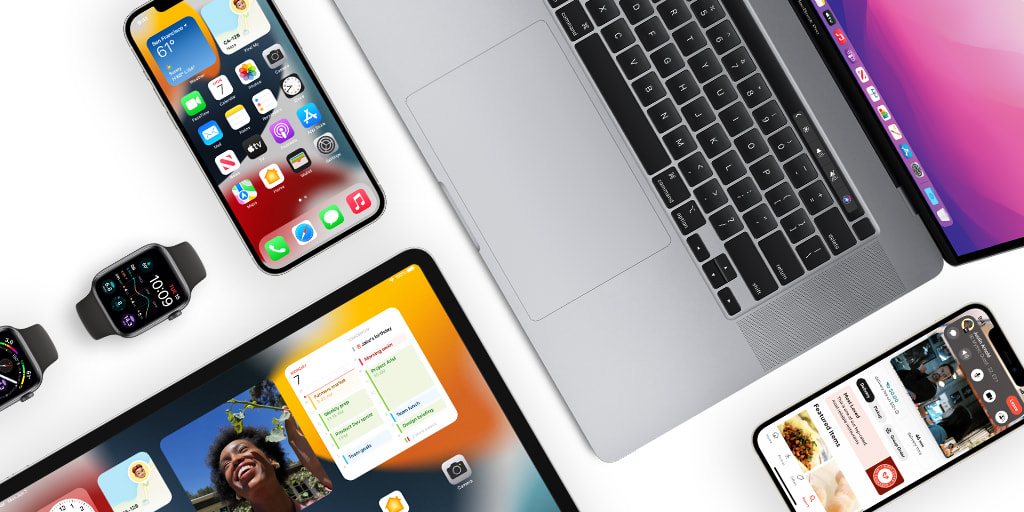
In my column about Apple’s response to the European Union’s Digital Markets Act (DMA), I noted that North America could serve as a control to evaluate the effects, if any, of Apple’s changes to iOS in Europe. That experiment may be cut extremely short depending on the outcome of a lawsuit announced by the Department of Justice (DoJ) and the attorneys general of 16 states.
Like the DMA, the DoJ lawsuit could result in Apple making many changes to how the iPhone works, but there are significant differences between the two actions. First, the DMA was legislation that applied consistently to several tech giants with large user bases, including Apple’s rival app store incumbent Google. Indeed, Apple spent much of its lobbying energy prior to the act’s passage arguing that it did not classify as a “gatekeeper” under the act. In contrast, the DoJ lawsuit is antitrust litigation aimed expressly at Apple, with its details tailored to Apple’s products and services. The complaint names at least 11 Apple products beyond the iPhone that it sees as key tools within its ecosystem.

Have we seen this all before?
Many parties, most notably the DoJ itself, have compared it to the government’s case against Microsoft in the 1990s. Following the dawn of the web and before the rise of smartphones, Microsoft used its high market share in PC operating systems to drive adoption of Internet Explorer as an alternative to the pioneering Netscape Navigator. (Even now, after the demise of both browsers, Microsoft and Google engage in dueling nudges to get Windows users to use Edge or Chrome.)
But the DoJ’s likening of Apple to Microsoft in the ‘90s is a poor comparison given that Microsoft far better fit the traditional monopoly definition. In that lawsuit, the DoJ estimated Microsoft’s market share of Intel-compatible PCs at 95 percent or higher, even well over 80 percent if one included macOS. Microsoft’s monopoly power has waned because the PC has been challenged by tablets and smartphones. Even today, with a much healthier Mac market and the rise of price floor-smashing Chromebooks, Microsoft maintains over 70% share of the PC’s installed base, with Windows 11’s most formidable competitor being its predecessor, market leader Windows 10.
In contrast, Apple has about 60% of the (mobile OS) market in the U.S., where its share is by far the highest. Globally, its share has grown to 30 percent. Apple’s market share is lower in other regions in large part because, while it has jockeyed with Samsung for the #1 position since the kneecapping of Huawei (which paradoxically removed a rising competitor that was scaling up ambitions in the U.S. market, helping Apple), Chinese brands Xiaomi, Oppo and Vivo, which do not sell phones in the U.S., own the 3, 4 and 5 market share slots globally.) While Apple’s market share is high versus other smartphone makers, particularly in the U.S., it doesn’t meet the bar of what has traditionally been considered a monopoly. Of course. as far as iOS-based smartphones, Apple is certainly a monopoly and makes decisions — such as allowing only a single app store on the platform — that seem monopolistic.

Victims of an Apple monopoly or just the market?
In some cases raised in the complaint, it’s unclear whether Apple’s policies and actions have been a significant factor in the resulting state of the market. Take the allegation that Apple has blocked the development of “super apps” such as WeChat in China, While survey research has shown that consumers are interested in super apps, they have failed to take off in the U.S. for a range of cultural, regulatory, marketplace, technical, and economic reasons that go beyond the priorities of app stores.
The complaint also notes that Apple has forced cloud-gaming companies to offer their services via the web instead of native iOS apps, but that’s hardly been their main inhibitor even as Apple Arcade indirectly competes with them. And in a similar market that hasn’t matured rapidly, the complaint about non-Apple smartwatches implies that Apple should support Android with the Apple Watch, which would likely grow its already dominant smartwatch share and further thin the herd of Wear OS licensees, or that Apple should enable third-party watch providers to have access to all the hooks used by the Apple Watch. But again, look at what Google has done with its Pixel Watch and Pixel phone under Android. Google controls all those pieces of the puzzle, but the richness of the Pixel Watch business simply doesn’t compare well to that of the Apple Watch. The Android smartwatch business has just been a tough road and not because of Apple.
The suit has attracted criticism for being a response to large developer grievances (Epic and Microsoft for cloud games, Spotify for music, etc.) as opposed to actions that have actually hurt consumers. Perhaps Apple will eventually settle with the DoJ as Microsoft did. Consumers won’t be set free by Apple extending iMessage games and Memoji creation to Android, but both iPhone users and their non-iPhone correspondents would be better served by a messaging system that delivered better cross-platform parity or a way to send and receive content via compatibility between AirDrop and Android’s Quick Share.
MORE FROM LAPTOP MAG
- Dell XPS 14 vs. Apple MacBook Pro 14: which premium laptop is king?
- My nana’s iPhone got stolen out of a bathroom — here’s how Apple helped her get it back
- Best MacBook deals: Save up to $400 on MacBook Air, MacBook Pro







